1. Introduction
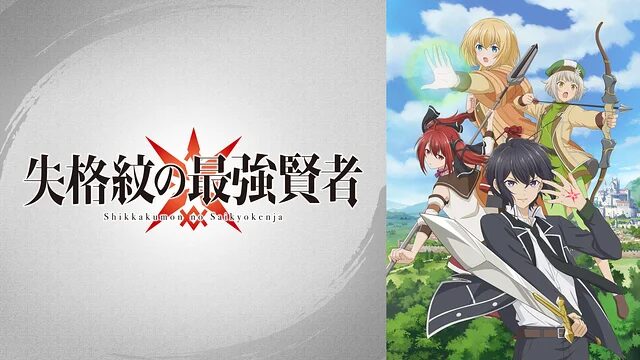
“Narou-kei” anime refers to anime adaptations of web novels that originated on the site Shousetsuka ni Narou (“Let’s Become a Novelist”).
These works often feature common themes like reincarnation in another world, characters with overpowered abilities,
personal growth journeys, and “harem” elements where multiple characters fall for the main protagonist.
Set in fantasy worlds where the protagonist takes on an entirely new life, Narou-kei anime became hugely popular.
While it also enjoys a strong following overseas, it often faces criticism in Japan for being “repetitive” or “low-quality,” among other reasons.
In this article, we’ll explore why Narou-kei anime has both fans and critics in Japan, where it’s often viewed quite differently from the positive reception it receives overseas.
Let’s dive into what makes Narou-kei anime so popular yet divisive in Japan.
2. Defining Characteristics and Appeal of Narou-kei Anime

Some of the defining features of Narou-kei anime include:
- Reincarnation in Another World: The protagonist is transported to a fantasy world, allowing viewers to escape into an entirely new setting. This offers a fun, escapist appeal for audiences who enjoy adventure and the exploration of new worlds.
- Overpowered Abilities: Protagonists usually gain some form of overpowering abilities upon arrival, and their storylines are driven by their incredible power. For many viewers, this is thrilling as it offers a sense of empowerment and allows them to imagine themselves as capable of anything.
- Harem Elements: Often, the protagonist attracts the admiration of several characters, adding a self-indulgent element that appeals strongly to male fans. It’s a classic fantasy trope that appeals to viewers who enjoy romantic elements.
These aspects create a “light entertainment” experience that’s easy for viewers to enjoy without heavy emotional investment.
The genre’s simplicity, coupled with its fantasy and escapist themes, has made it popular among a broad audience.
3. Why Narou-kei Anime Faces Criticism in Japan
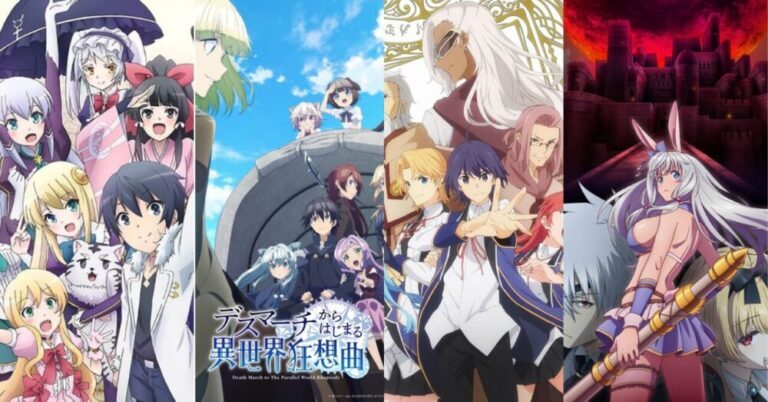
3.1 Repetitive Storylines
Many Narou-kei anime share similar plots: the protagonist gains overwhelming powers in a new world and solves problems with ease, which makes the storyline feel predictable.
For some viewers in Japan, the lack of novelty and originality can lead to fatigue.
3.2 Overly Convenient Plot Resolutions
These series often lean heavily on convenient storytelling, allowing protagonists to overcome challenges with little difficulty.
This can lead to a lack of tension in the story and make it less engaging for viewers looking for deeper, more complex plots.
3.3 Character Depth Issues
Characters in Narou-kei anime are often seen as stereotypical, which can make it difficult for viewers to feel connected to them.
When characters lack personality or growth, it can flatten the story and reduce the emotional impact.
3.4 Low-Quality Animation and Direction
Due to limited production budgets and schedules, Narou-kei anime sometimes lacks the polished animation quality seen in other genres.
This can be particularly noticeable in action scenes or climactic moments, leading to disappointment among viewers who expect higher visual standards.
3.5 Differences from Original Novels
When adapting a web novel to anime, studios sometimes take creative liberties that don’t align with the original story, which can alienate fans of the source material.
Conversely, if they remain too faithful, the adaptation may lack creative flair, resulting in a series that feels unremarkable as a standalone work.
3.6 Overly Commercial Focus
With the Narou-kei genre’s popularity, production companies have adopted a quantity-over-quality approach, producing numerous titles with less focus on distinctiveness or storytelling depth.
This perception of excessive commercialism has led to criticism that the genre prioritizes revenue over quality.
4. Why Narou-kei is Still Loved Despite Criticism
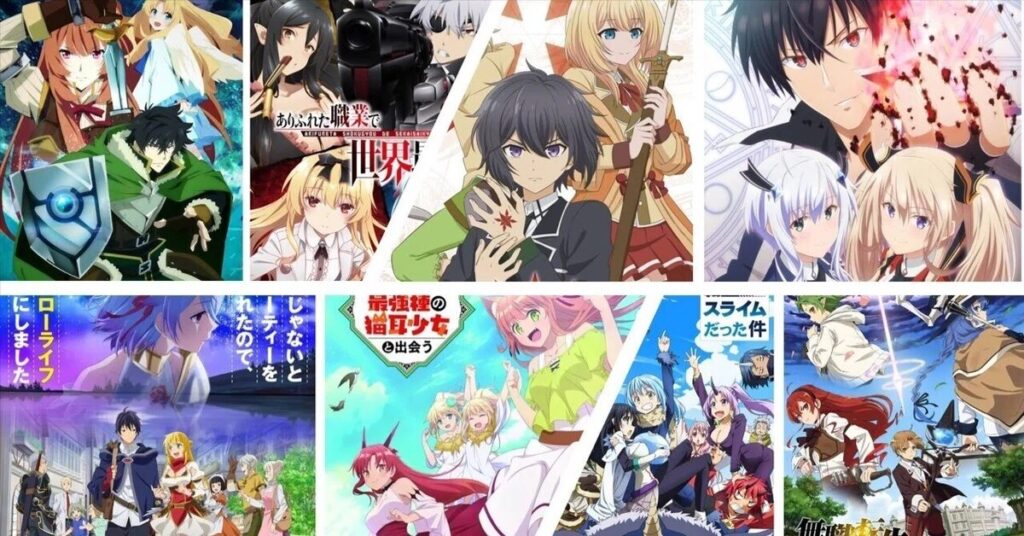
While Narou-kei anime faces criticism, it maintains a strong following because:
- It’s Easy to Enjoy: Unlike more complex or emotionally heavy anime, Narou-kei anime offers a lighthearted escape. It’s easy to watch after a long day, making it a popular choice for viewers seeking simple entertainment.
- Something for Everyone: With genres spanning fantasy, action, and romance, Narou-kei anime covers a broad spectrum of interests, allowing viewers to find something that suits their tastes.
5. The Difference in Reception Between Japanese and Overseas Audiences
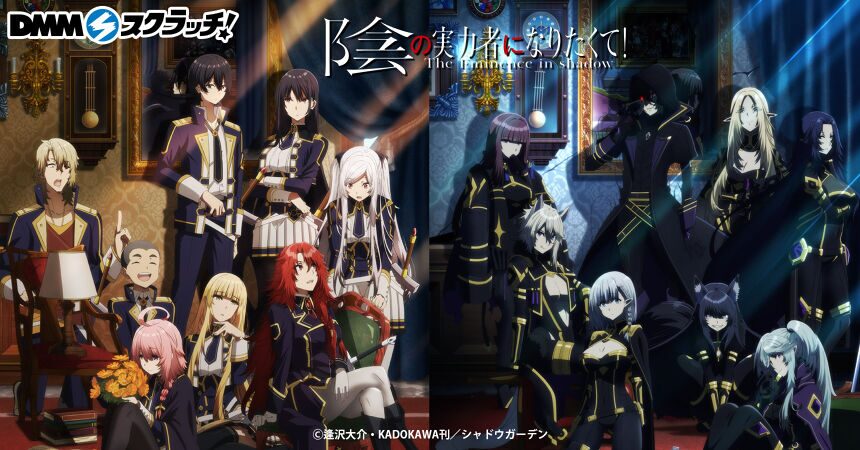
While Narou-kei anime is often criticized in Japan, it enjoys a positive reception overseas. The difference lies in the expectations of Japanese and international viewers.
Japanese fans tend to emphasize originality and high production quality, whereas overseas viewers may appreciate the genre’s escapist fantasy elements, even when familiar tropes are present.
Additionally, the unique otherworldly settings feel fresh and captivating for many foreign audiences, further supporting its popularity outside Japan.
6. Conclusion
From repetitive storylines to animation quality issues and a perceived commercial focus, Narou-kei anime faces criticism in Japan.
The factors driving this criticism reflect the high value Japanese audiences place on originality, depth, and production quality in anime.
However, understanding these critiques offers a new perspective and can make watching Narou-kei anime a richer experience, as viewers become more aware of its nuances and the balance between fan enjoyment and commercial success.
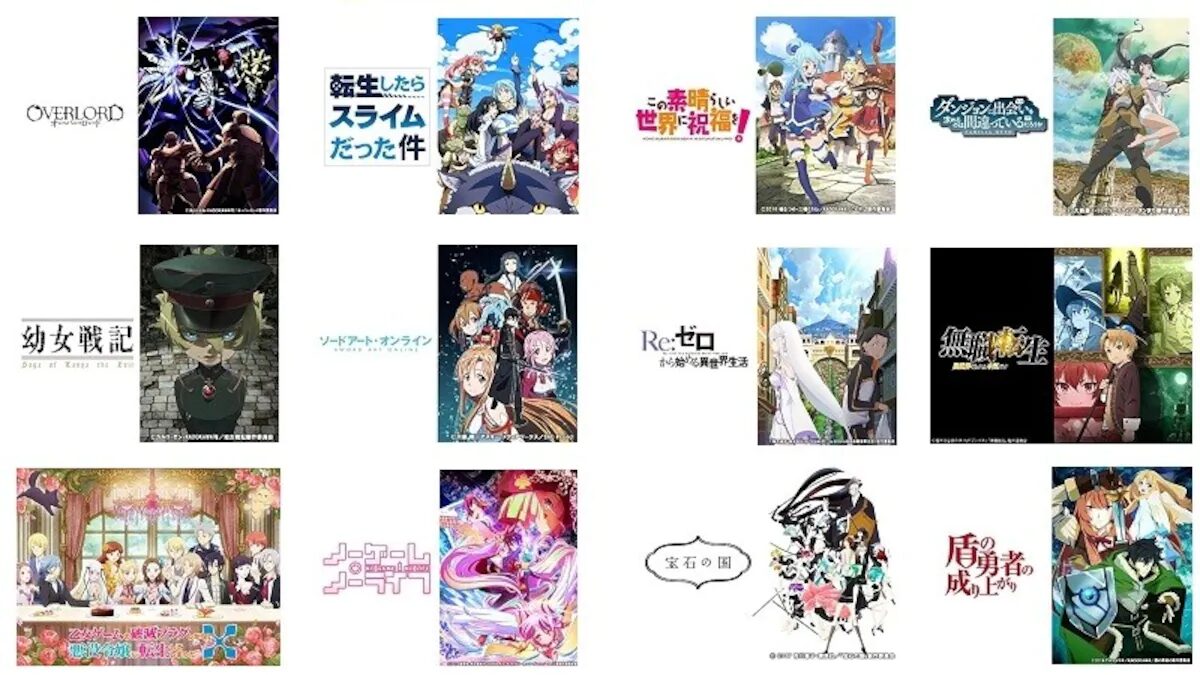





コメント